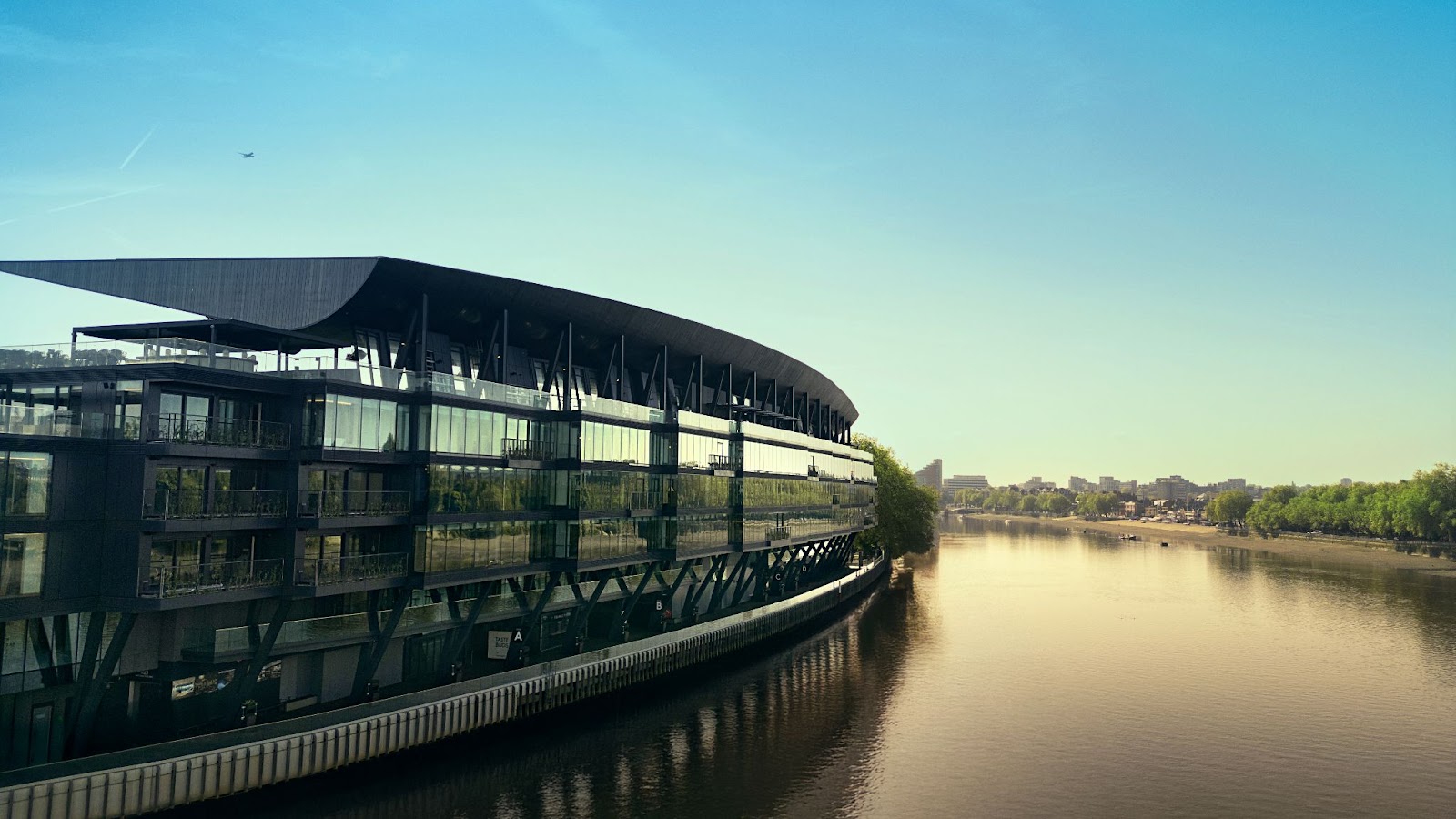AT chats to Dipesh Patel, principal at BDP Pattern, about the latest developments in stadium design, including the rise of experience-based environments, and the legacy opportunities presented by the 2026 FIFA World Cup.
What are the new/emerging trends in stadium design?
There is a general demographic shift with stadiums accommodating a younger audience, whose preference is for a more inclusive experience of lounges, clubs and a more engaging, higher-quality concourse environment. Furthermore, integration through a more sophisticated audio/visual experience and greater IT connectivity is now expected. Today, sporting events are considered a longer experience; audiences expect a full day out with longer dwell times and events that appeal to both sports fans and non-sports fans. Fan zones are increasingly popular, bringing music and entertainment to the event experience.
What about flexibility, ie designing for more than one sport?
This is a complex issue. In my view, a bespoke venue is always best. Flexibility tends to compromise the main sport. ‘Rectangular’ sports, such as football, rugby and American football, can work well together. Large-field sports, such as athletics and cricket, are hard to integrate with rectangular sports and this is evident in venues such as West Ham’s home at the Olympic Stadium or the Stade de France. Technological innovation in moving pitches has enabled venues to host major entertainment events, concerts and social gatherings. These are very beneficial to revenue and community cohesion.
Is sustainability becoming more important, and if so how is this being woven into stadium design?
This is a huge consideration for all buildings, not just sports stadia. Concrete is a major issue. If it was a country, concrete would be the fourth largest producer of carbon in the world. Stadia have a large concrete content, and we need to find solutions to reduce it. At BDP we are routinely researching the use of alternative materials in stadia design, including steel and timber. A major benefit in stadia is the periodic use. This allows energy capture through solar and photovoltaic. Our new stadium for Everton has no generators for back up – a battery bank provides all back-up power for match continuity.
Efficient design is vital, due to the sheer scale and size of a stadia projects, even minor design changes and efficiencies can create significant improvements. As Architects we need to be cognizant of our design decisions, and the potential impacts. BDP has designed stadia globally and a key factor has been to utilise natural cooling, shade and water conservation to limit the environmental impact of the buildings. At Hazza Bin Zayed stadium, Abu Dhabi, UAE, which is in a dry desert environment, we incorporated the world’s first parasol roof. The building is designed to maximise natural shade, instead of a European dripline roof, that is designed for protection from rain.
Social sustainability is also a key principle of our work. A major focus of our projects is to promote inclusion of women, families, and all age groups in our designs.
The Peoples’ Project: BDP Pattern is delivering the new Everton FC Stadium at Bramley-Moore Dock in Vauxhall, Liverpool.
How important is legacy and how is this changing?
More and more, I am seeing a firm and established movement to base any investment in stadia on a robust business case grounded on lasting, legacy design, strong revenue profile and wider community benefit. Hence, for many sporting venues a low-carbon, lightweight, low-cost and adaptable approach is clearly very appealing.
A major opportunity is available to the 2026 FIFA World Cup hosts, USA, Mexico and Canada. With NFL/CFL the dominant sport in North America, many large stadia already exist. These could be effectively repurposed for the tournament and the redesigns could leave a legacy of grassroots football as the game grows in the region. In Mexico, football is already huge and the aim here should be a combination of refurbishment of existing venues and new stadia that address the critical current issues of carbon reduction and building social capital.
More generally, there is an underlying change in habits and interests. The next generation live, communicate and socialise in ever-changing ways. Music festivals are a huge developing trend alongside more established major sports and entertainment models. Technology has seen a huge rise in online gaming supporting live e-sports events. So, looking further ahead, I am working with my team to invest in ideas that support innovative use of overlays and legacy designs.
What sport/stadia projects are BDP currently working on/what’s next?
We are currently delivering Everton’s new stadium at Bramley Moore Dock in Liverpool, designed in collaboration with MEIS Architects. It will open next year and give a new future for the club. It is also a major catalyst for the regeneration of the area, creating access to the northern end of the riverfront walkway.
We continue to work with Yas Marina Circuit, which hosts the Formula One in Abu Dhabi, and are working on a multi-year programme to deliver improvements to the facility. This includes the recently completed winner’s podium and drivers’ cool down facilities. We are also celebrating the completion of Suoyuwan Stadium in Dalian China, which will be opening this year. Looking ahead, we will be delivering several training grounds in the Middle East, projects in North America, and football ground developments with Premier League clubs in England.
















